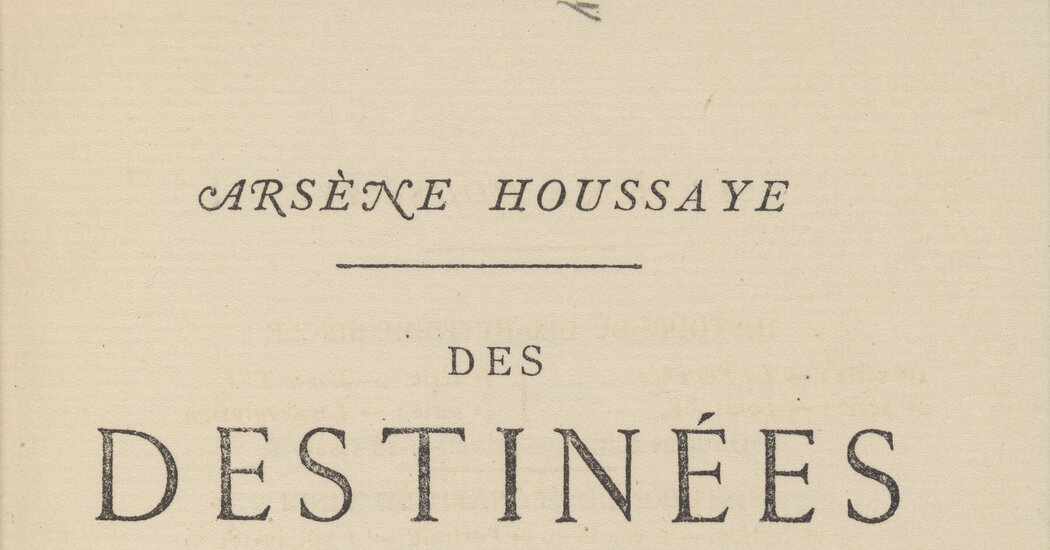- cross-posted to:
- andfinally@feddit.uk
- cross-posted to:
- andfinally@feddit.uk
The decision to find a “respectful final disposition” for human remains used for a 19th-century book comes amid growing scrutiny of their presence in museum collections.
Of the roughly 20 million books in Harvard University’s libraries, one has long exerted a unique dark fascination, not for its contents, but for the material it was reputedly bound in: human skin.
For years, the volume — a 19th-century French treatise on the human soul — was brought out for show and tell, and sometimes, according to library lore, used to haze new employees. In 2014, the university drew jokey news coverage around the world with the announcement that it had used new technology to confirm that the binding was in fact human skin.
But on Wednesday, after years of criticism and debate, the university announced that it had removed the binding and would be exploring options for “a final respectful disposition of these human remains.”



It’s already been verified. So it can be copied. What would the original achieve that a copy would not?
Lots of things were “verified” in 1860. Shit, washing your hands before surgery wasn’t even a common medical practice until the 1870s. The whole point of keeping the original is so that it can stand up to the rigors of modern science and technology.
Technology and knowledge in 150 years will make today’s science seem sincere but laughable, just like today’s science makes 1860 seem sincere but laughable. That’s why you must preserve scientific evidence whenever and wherever you can.
Then keep the book too. Who knows what we could learn about it 150 years from now?
The information of the book is encoded in the markings on its pages, not the molecular makeup of the binding holding the pages together. Meanwhile, it is the fact that this skull is made of bone that gives it its veracity.
Up until now you’ve been here making good faith arguments, it’d be cool if you could keep that up.
I’m not giving a bad faith argument. Both are historical artifacts. Both can be analyzed scientifically because of that. In 150 years, technology to examine that book might be able to, for example, simulate what that person looked like based on their DNA. I do not think historical artifacts should be disposed of solely because they are made from human remains.
That is a bad faith argument because the physical appearance of the person whose skin binds the cover of a book has absolutely no relevance to the information in the book. In fact, it wasn’t even Arsene Houssaye who bound the book in skin-- it was the book’s first owner, Dr. Ludovic Bouland, who did that.
Can you tell me what the color of a dead stranger’s eyes whose skin was added to a book by a third party has to do with a nineteenth century French novelist’s views on the soul and life after death?
You can’t, because there is no relevance to be had. It’s a bad faith argument.
It has to do with who the person who’s skin was used as a book binding was. We have no idea. This would be no different from archaeologists today doing facial reconstructions of a skeleton in, for example, an excavation of a medieval Christian cemetery. Any information about the past could be important. Especially when it comes to humans. It’s preserving it for the sake of basic scientific investigation into the person so that we can learn as much as there will ever be possible to learn about them.
My friend, did you even read the article before you typed up your comments? What you’re describing is exactly why they’re removing the binding. FTA:
Yes, and I am arguing that just doing the investigations now and getting rid of it robs future scientists with better technology of an opportunity to learn something that current scientists can’t.
And also, you’re contradicting yourself. Your original comment opens with “who the fuck cares, it’s 200 years ago” and now you’re saying any information about the past could important?
Bad.
Faith.